Big cats like lions, tigers, leopards, and jaguars are often seen as imposing predators. Beyond their striking appearance, these magnificent creatures play an essential role in maintaining the balance and health of ecosystems. By regulating prey populations, big cats contribute significantly to the biodiversity and functioning of their environments. This article explores how they achieve this and the consequent benefits for ecosystems.
The Role of Big Cats in Predation
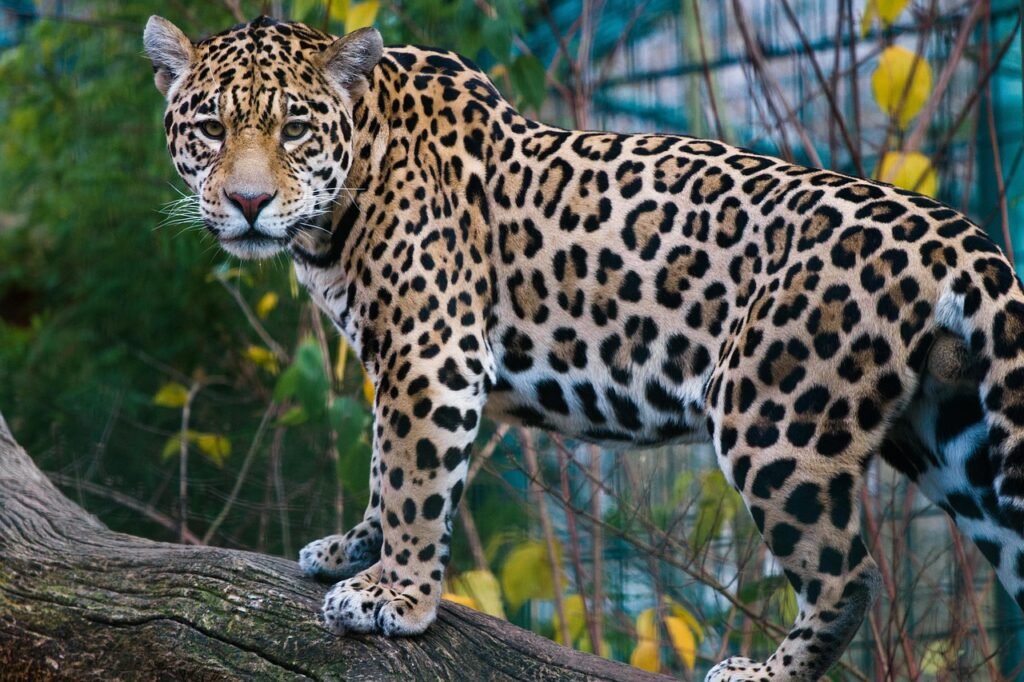
As apex predators, big cats sit at the top of the food chain with few natural predators of their own. Their hunting practices help regulate the size of prey populations. By preying on herbivores such as deer, antelope, and wild boar, they prevent overgrazing and degradation of habitats. This balance is crucial as it ensures vegetation and other plant life remain in equilibrium, supporting a variety of other species.
Impact on Prey Behavior
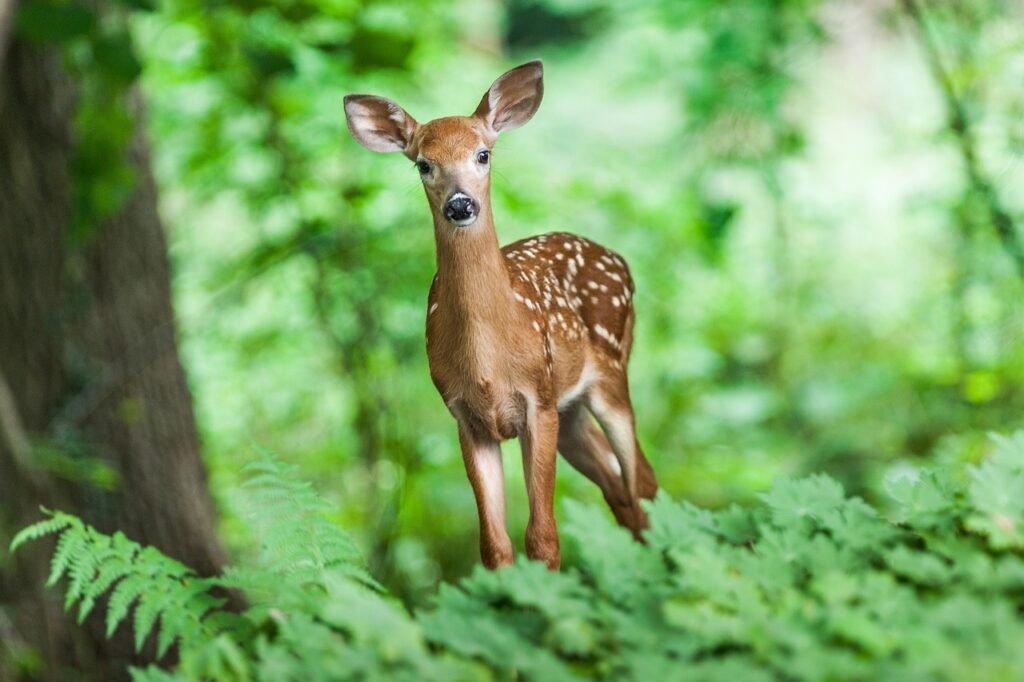
The presence of big cats influences how prey animals behave. Known as the “landscape of fear”, this phenomenon sees prey animals altering their movements and feeding patterns to avoid predation. By doing so, grazing is more evenly distributed across the landscape, which helps preserve plant diversity and prevents overuse of specific areas.
Supporting Biodiversity

Big cats indirectly encourage biodiversity by ensuring that no single species dominates an ecosystem. By keeping prey populations in check, they prevent any particular species of herbivore from outcompeting others for resources. This balance supports a variety of animal and plant life, encouraging a rich and diverse ecosystem.
Influence on Ecosystem Dynamics
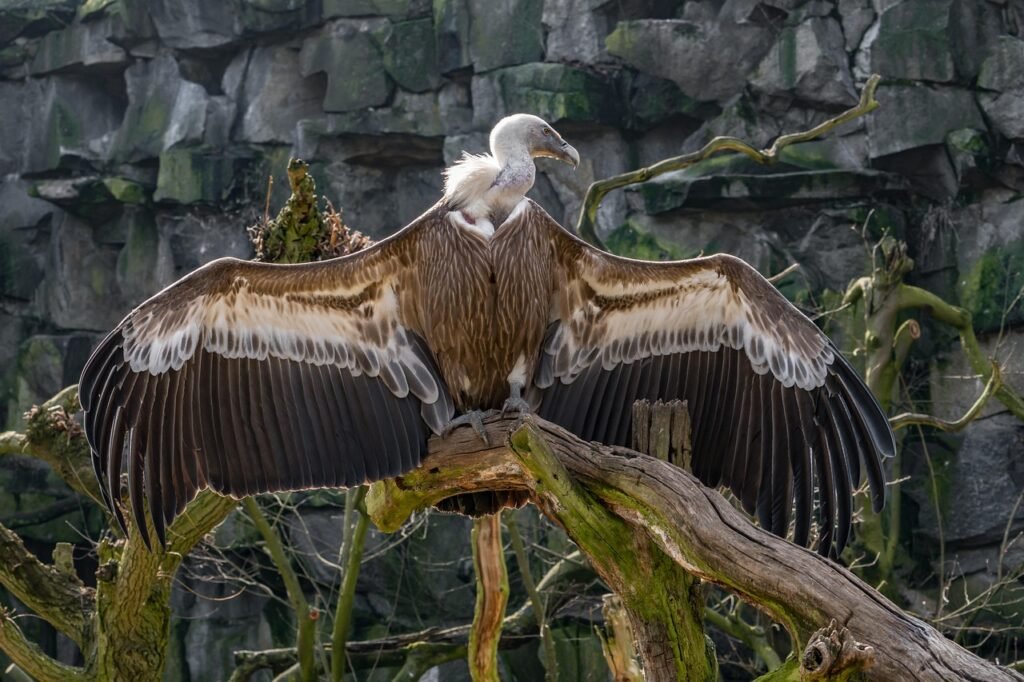
By maintaining prey populations, big cats help stabilize the populations of other predators and scavengers. For instance, when big cats leave behind a kill, it provides food for scavengers like vultures and hyenas. This distribution of resources helps sustain multiple layers of the ecosystem, from smaller predators to decomposers.
The Role in Disease Control
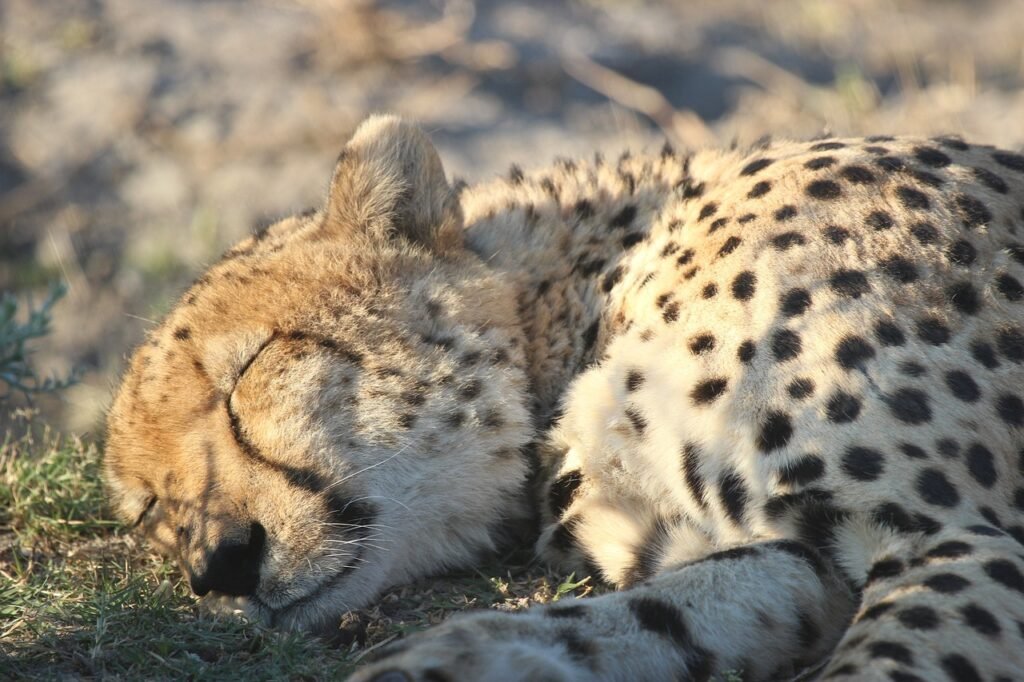
Big cats often target weaker or sickly individuals within prey populations. This natural selection process helps curb the spread of diseases, as these individuals are less likely to reproduce and distribute pathogens. By controlling disease, big cats contribute to the overall health and resilience of ecosystems.
Effects on Carbon Cycling
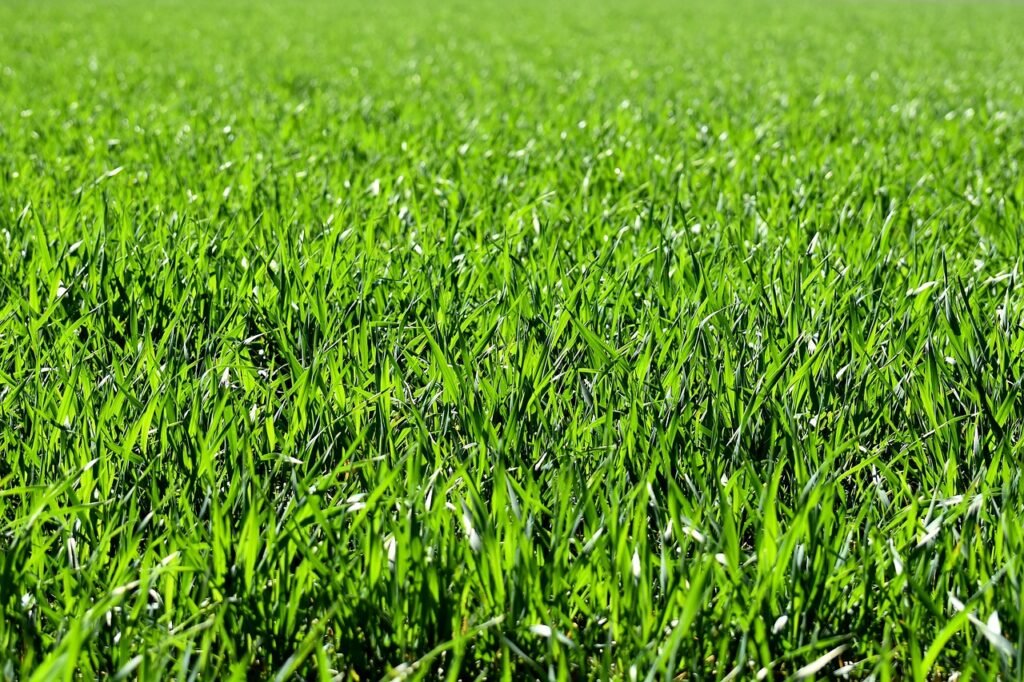
By controlling herbivore populations, big cats indirectly influence plant growth and, consequently, carbon cycling. Healthy vegetation is more effective at capturing and storing carbon dioxide, a crucial ecosystem service given global climate change concerns. Therefore, the presence of big cats can contribute to carbon sequestration efforts.
Interactions with Human Populations
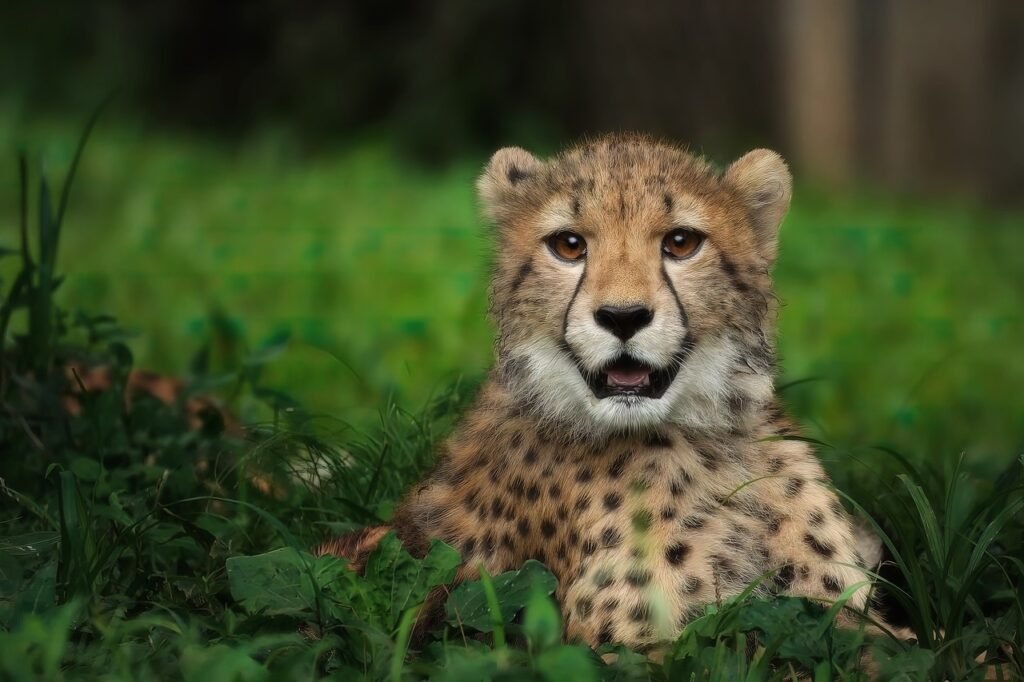
The decline in big cat populations often leads to increased herbivore numbers, which can result in crop damage and conflicts with humans. Consequently, healthy big cat populations can help reduce such incidents by keeping prey populations in check and mitigating human-wildlife conflict.
Threats to Big Cats and Ecosystem Health
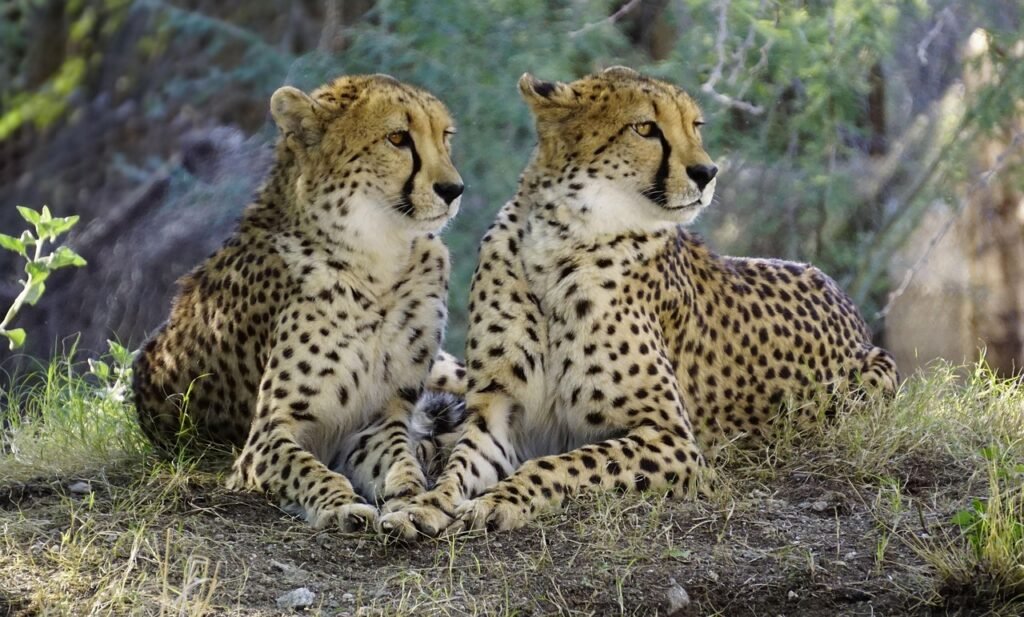
Despite their ecological importance, big cats face numerous threats including habitat loss, poaching, and human conflict. The decline in their numbers can lead to ecosystem imbalances, highlighting the need for concerted conservation efforts to ensure these predators continue to fulfill their ecological roles.
Conservation Efforts and Their Importance
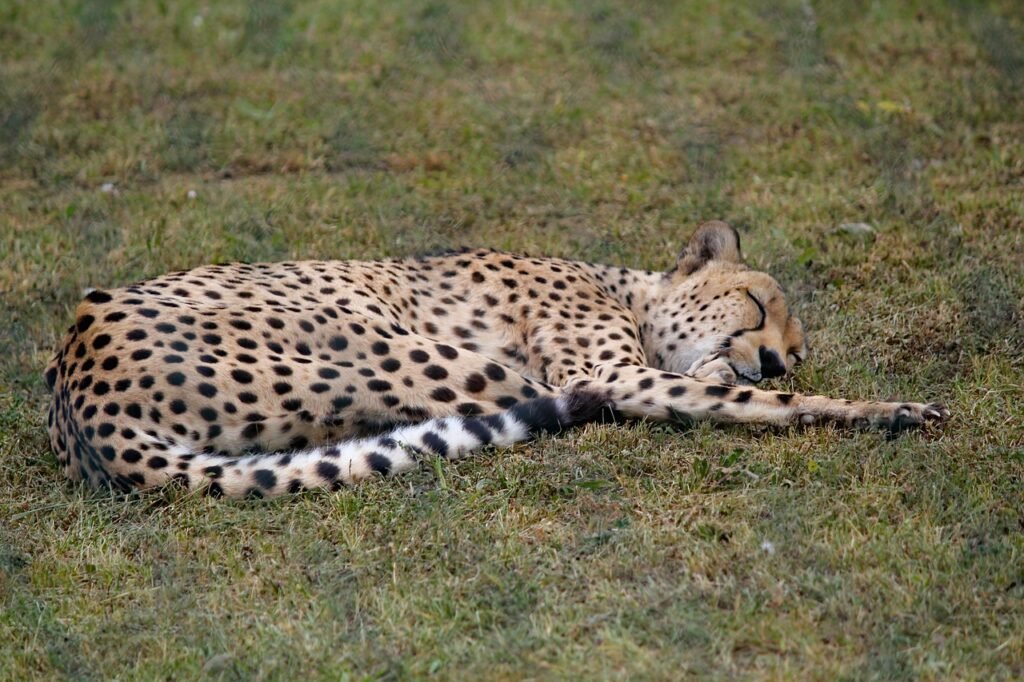
Conservation initiatives aimed at protecting big cats often involve habitat preservation, anti-poaching laws, and community engagement programs. These efforts are crucial not only for the survival of these majestic animals but also for the overall health and stability of ecosystems. Through conservation, we can ensure that big cats continue to exert their vital ecological influence.
Conclusion
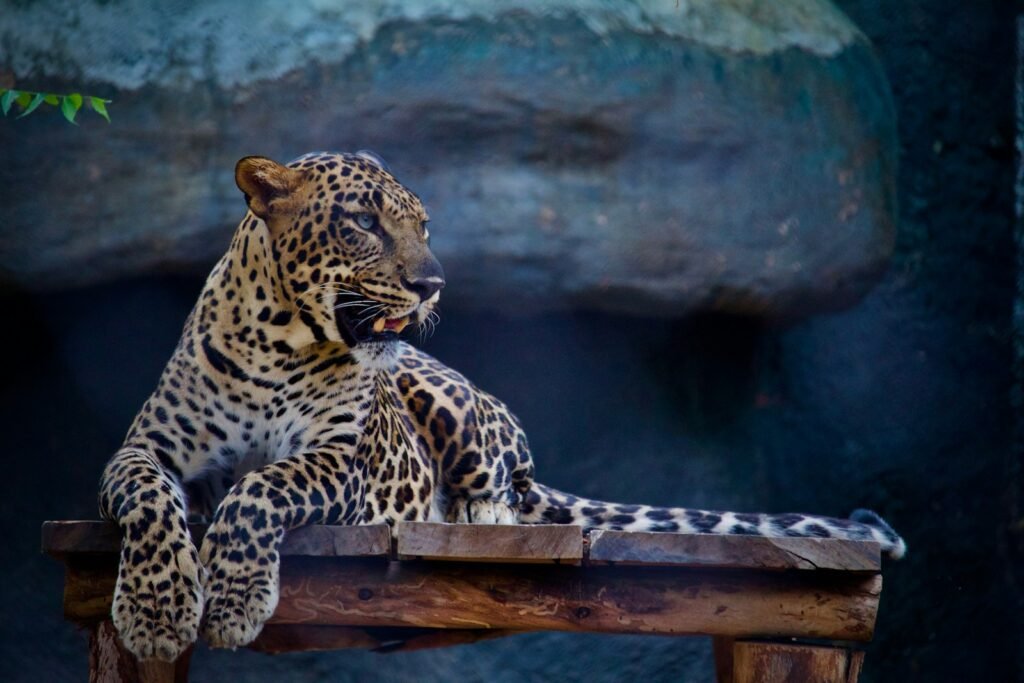
Big cats are much more than captivating creatures; they are indispensable to the health of the ecosystems they inhabit. Through predation and natural selection, they help maintain ecological balance, support biodiversity, and even contribute to global efforts in climate change mitigation. Recognizing their crucial role and ensuring their survival is vital for sustaining ecological integrity and promoting coexistence with humans.

Growing up traveling and experiencing new cultures and wonders, I have had a passion for nature, adventuring, photography, and videography. I am currently working towards a BSc in Biodiversity and Ecology at Stellenbosch University, and I hope to specialise in Marine Sciences one day.
Please send any feedback to Feedback@animalsaroundtheglobe.com






